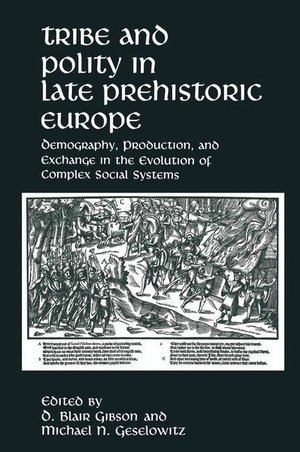Für statistische Zwecke und um bestmögliche Funktionalität zu bieten, speichert diese Website Cookies auf Ihrem Gerät. Das Speichern von Cookies kann in den Browser-Einstellungen deaktiviert werden. Wenn Sie die Website weiter nutzen, stimmen Sie der Verwendung von Cookies zu.
Cookie akzeptieren
Tribe and Polity in Late Prehistoric Europe
- Springer US
- 2013
- Taschenbuch
- 248 Seiten
- ISBN 9781489907790
During HaA-HaB, many settlements were established in Silesia and in the central part of Poland, and their stability seems to be confirmed by the existence of regional groups and subgroups, by long-lasting colonies, and by long-used burial grounds, located at large settlements. At the end of HaB, many pre-Scythian elements occurred in this area, only partly influenced by the Cimmerians . During that period the peoples living north of the Carpathian and Sudeten Mountains remained very dependent on the productive and cultural circle south of the Carpathians, with which they maintained strong connections . The Lusatian settlement zone , apart from its increasing internal stability, also
Mehr
Weniger
zzgl. Versand
in Kürze